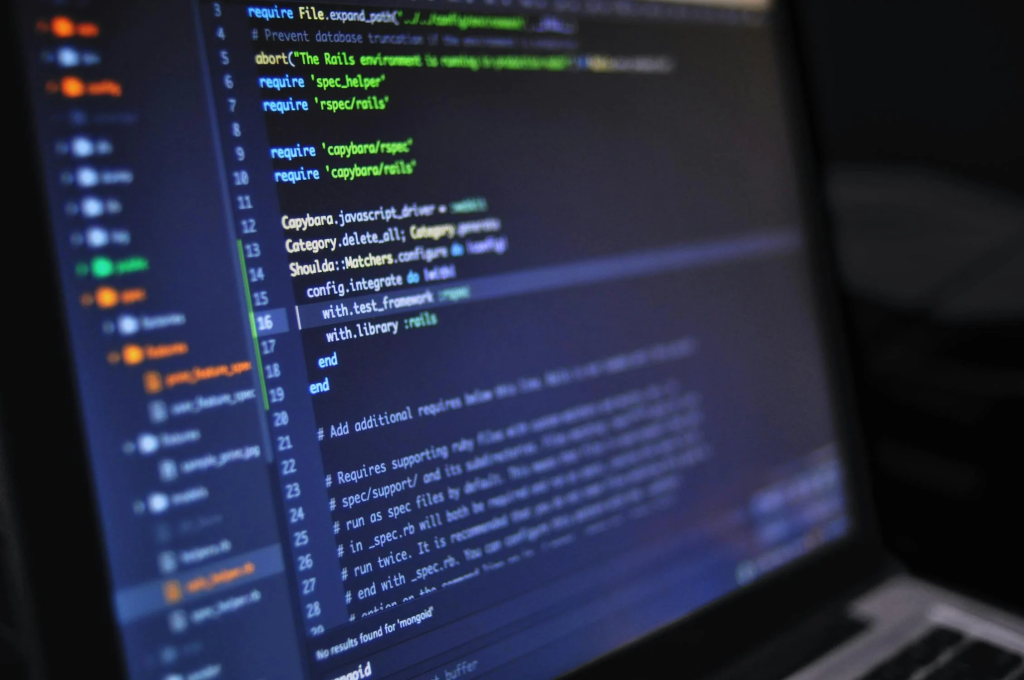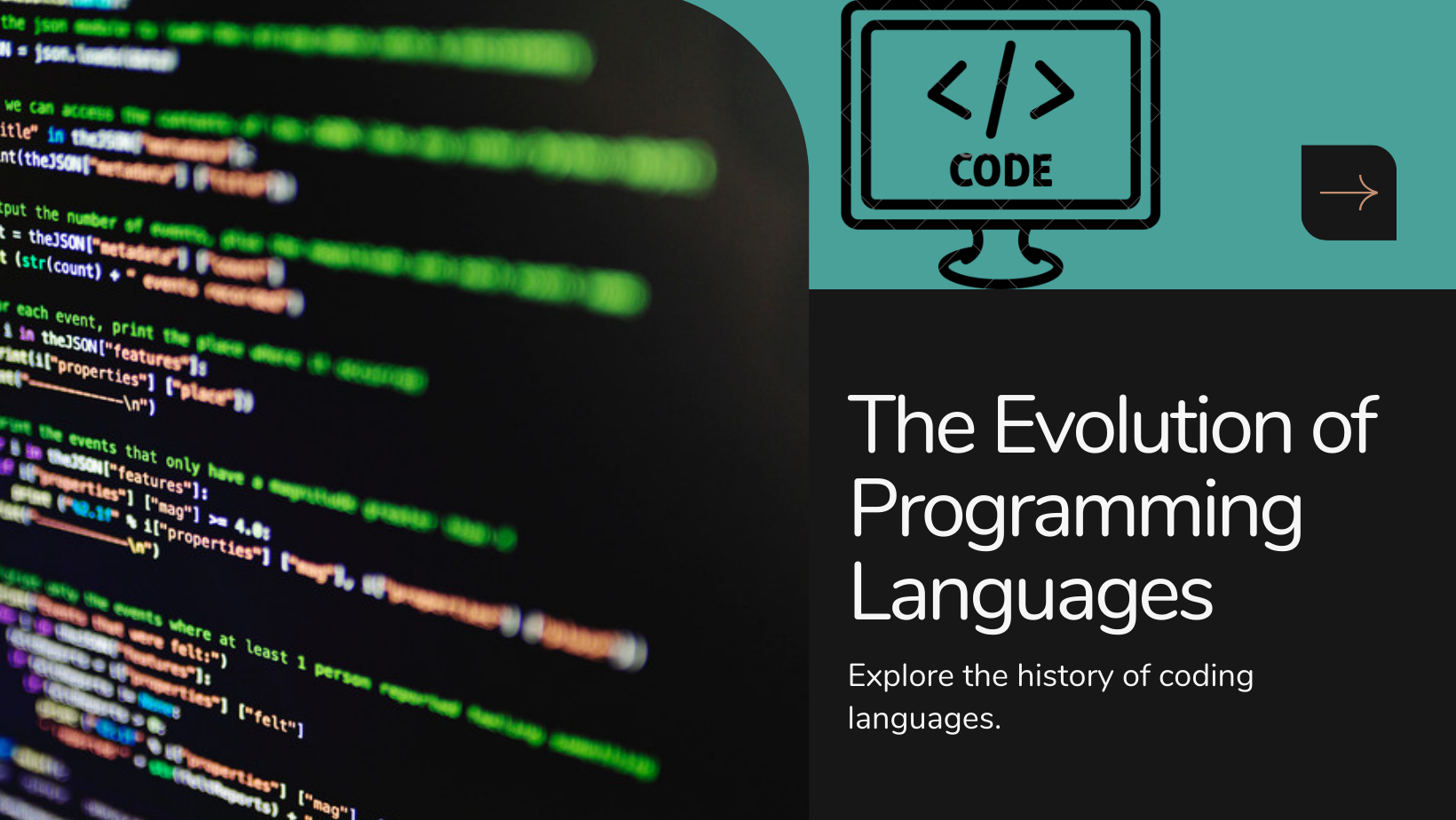As a software developer and technology enthusiast, I’ve always been fascinated by the evolution of programming languages. This journey from the early days of computing to the present day reflects a continuous drive towards more efficient, expressive, and user-friendly languages. Today, I’d like to take you through this remarkable evolution, exploring how programming languages have transformed over the decades.
The Birth of Programming Languages

1940s-1950s: The Dawn of Programming
The story begins in the 1940s, during the era of the first computers. Early programming was done using machine language, consisting of binary code (0s and 1s) that directly interacted with the hardware. This method was incredibly tedious and error-prone. The need for a more human-readable form of coding led to the creation of assembly language in the early 1950s. Assembly language used mnemonics to represent machine code instructions, making programming slightly easier.
One of the first high-level programming languages was FORTRAN (FORmula TRANslation), developed by IBM in the mid-1950s. FORTRAN was designed for scientific and engineering calculations, revolutionizing the way complex mathematical computations were performed on computers.
1950s-1960s: The Rise of High-Level Languages

The late 1950s and early 1960s saw the birth of several high-level programming languages that significantly shaped the future of computing. COBOL (Common Business-Oriented Language), developed in 1959, was tailored for business data processing. Its English-like syntax made it accessible to non-programmers, thereby broadening the scope of who could write code.
Another significant language from this period was LISP (LISt Processing), created in 1958. LISP introduced many concepts that are still relevant today, such as recursion and dynamic typing. It became the language of choice for artificial intelligence research.
The Expansion and Diversification of Programming Languages
1970s: The Structured Programming Movement
The 1970s brought about a paradigm shift with the structured programming movement. Pascal, developed by Niklaus Wirth, exemplified this shift with its clear, structured approach to programming. It introduced concepts like data structures and control structures, which are fundamental to modern programming.
During this decade, C emerged as a powerful systems programming language. Developed by Dennis Ritchie at Bell Labs, C combined the efficiency of assembly language with the readability of high-level languages. Its influence is profound, as it became the foundation for many later languages, including C++, C#, and even Java.
1980s: Object-Oriented Programming

The 1980s saw the rise of object-oriented programming (OOP), a paradigm that focuses on objects rather than actions, and data rather than logic. Smalltalk, developed in the 1970s and popularized in the 1980s, was one of the first OOP languages. It introduced concepts such as classes and inheritance, which became central to later OOP languages.
C++, created by Bjarne Stroustrup, extended C by adding object-oriented features. It quickly became one of the most popular languages for both systems and application development.
1990s: The Internet Era and Scripting Languages

The advent of the internet in the 1990s brought about a new wave of programming languages designed for web development. Java, developed by Sun Microsystems, became immensely popular due to its platform-independent nature. “Write once, run anywhere” became the mantra for Java developers.
JavaScript, created by Brendan Eich in 1995, became the cornerstone of web development. Despite its name, JavaScript is quite different from Java. It is a scripting language that enables dynamic content on websites, and its versatility has only grown with the advent of frameworks and libraries like Node.js, React, and Angular.
Another important language from this era is Python, developed by Guido van Rossum in 1991. Python emphasized code readability and simplicity, making it a favorite for beginners and experienced developers alike. Its versatility spans web development, data science, artificial intelligence, and more.
The Modern Landscape of Programming Languages
2000s-Present: The Rise of Multi-Paradigm Languages
The 2000s and beyond have seen the rise of multi-paradigm languages that support various programming styles, including procedural, object-oriented, and functional programming. Ruby, created by Yukihiro Matsumoto, became popular for web development, especially with the Ruby on Rails framework.
C#, developed by Microsoft, combined the power of C++ with the ease of Visual Basic, becoming a key language for Windows development. Meanwhile, PHP gained prominence as a server-side scripting language for web development, powering many popular websites and content management systems.
Swift, introduced by Apple in 2014, brought modern programming features to iOS and macOS development. It was designed to be safe, fast, and expressive, encouraging developers to write clean and reliable code.
Kotlin, developed by JetBrains, emerged as a modern alternative to Java for Android development. Its concise syntax and modern features have led to widespread adoption within the Android community.
The Future of Programming Languages

As we look to the future, several trends are shaping the evolution of programming languages. The rise of machine learning and artificial intelligence has led to the development of languages and frameworks tailored for these domains. Julia, for example, is designed for high-performance numerical and scientific computing.
The growing importance of data science has cemented Python’s role as a go-to language, thanks to its rich ecosystem of libraries and frameworks like TensorFlow, PyTorch, and Pandas.
Moreover, the increasing complexity of software systems and the need for concurrency and parallelism have brought functional programming languages like Haskell and Elixir into the spotlight. These languages emphasize immutability and statelessness, making it easier to write concurrent and parallel code.
Conclusion
The evolution of programming languages is a testament to the relentless pursuit of better tools to solve complex problems. From the early days of machine code and assembly language to the modern era of high-level, multi-paradigm languages, each step has brought us closer to more efficient, expressive, and powerful ways to communicate with computers. As technology continues to advance, we can expect programming languages to evolve in ways that will further empower developers to create innovative solutions for the challenges of tomorrow.
